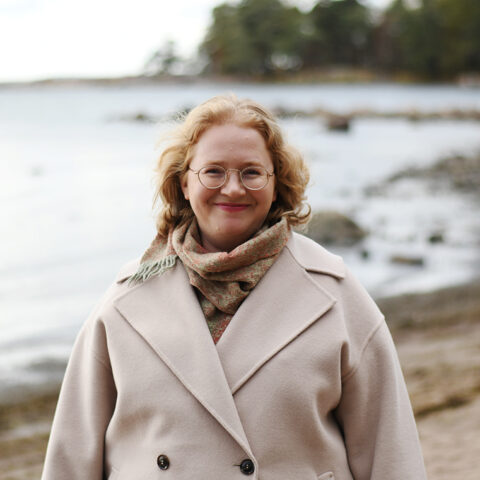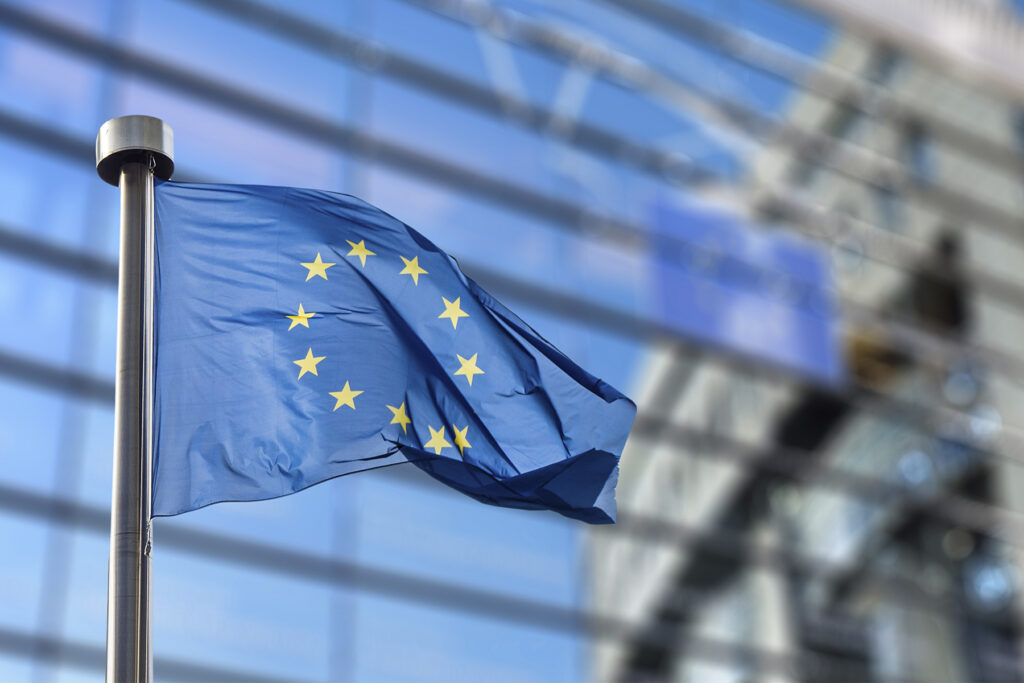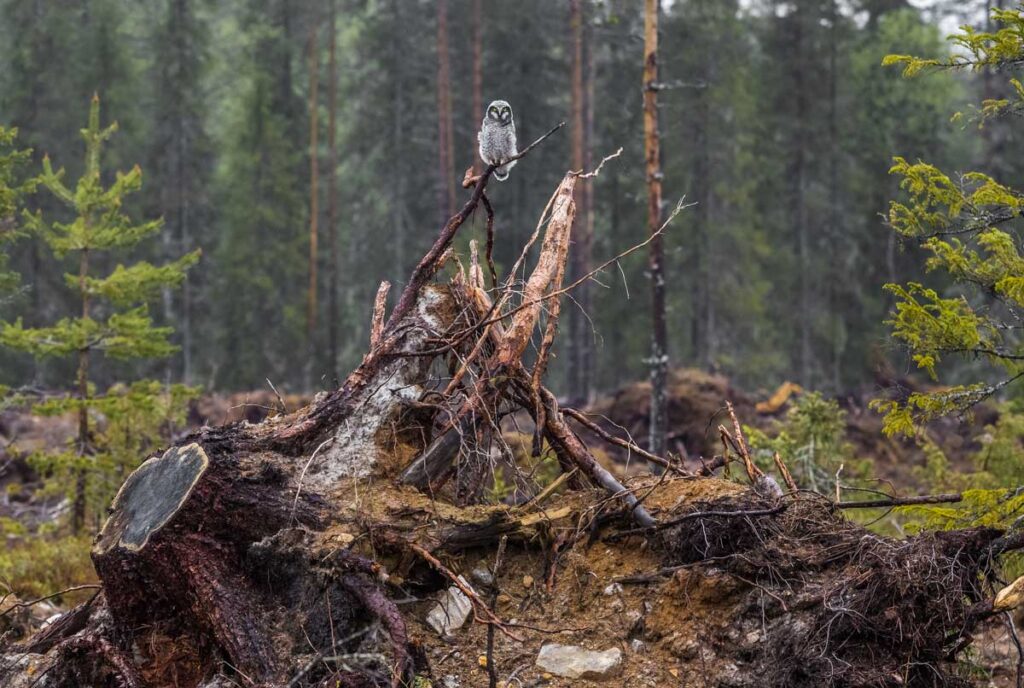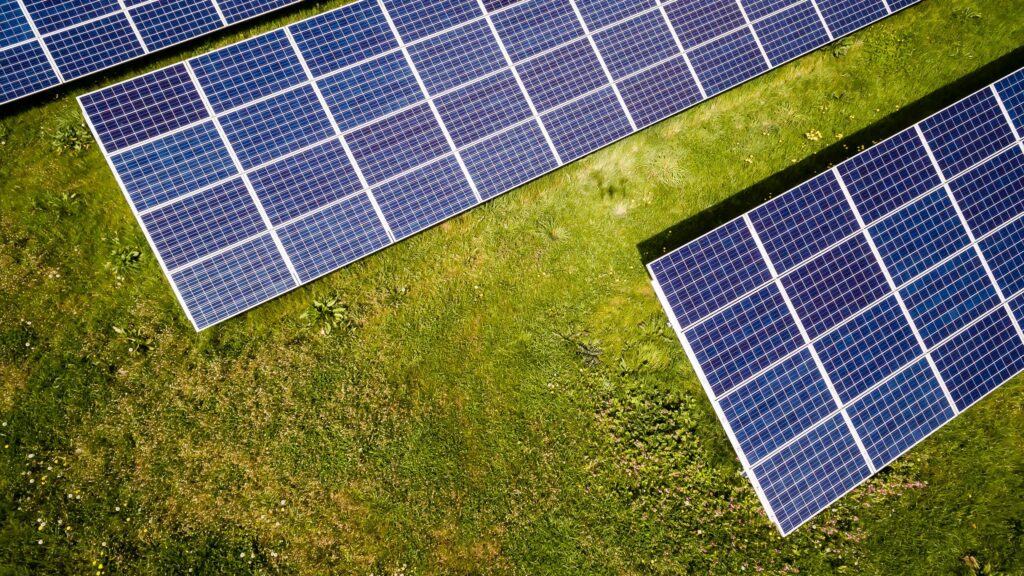Luonnonsuojeluliiton vastaus komissiolle vuoden 2040 ilmastotavoitteesta
–
Vastauksessaan EU komission kannottopyyntöön unionin vuoden 2040 tavoitteesta Suomen luonnonsuojeluliitto korostaa tarvetta päivittää EU-tavoitteet uusimman tieteellisen tiedon mukaiseksi ja aikaistaa ilmastoneutraaliustavoitetta.

The contribution of the Finnish Association for Nature Conservation (FANC) to the public consultation of the European Commission on the 2040 target
FANC urges the Commission and Member States to recognise that the only acceptable temperature target is to limit temperature rise to 1.5°C, which requires substantial and immediate GHG emission reductions for full decarbonisation. In order for carbon removals to have a desired impact on the atmosphere they must be additional to emission reductions, not done instead of them.
The definition of the EU’s greenhouse gas budget and climate targets must be based on the latest available science. As the UN Secretary General Antonio Guterres stated at the launch of the latest IPCC report, “leaders of developed countries must commit to reaching net zero as close as possible to 2040, the limit they should all aim to respect.”
Current EU targets are not in line with this.
FANC recollects the advice provided by the European Scientific Advisory Board on Climate Change (ESABCC) which underlines the need for the EU to further accelerate climate action in the near and long term in order to get on a path consistent with the 1.5°C temperature limit.
According to the analysis by the Finnish Climate Change Panel EU should vastly increase its efforts. The analysis is based on the remaining carbon budget according to the IPCC and 3 different equity principles. Finland’s national target of reaching net zero by 2035 has been set according to the same logic.
”At a glance, it is clear the current EU targets and policies need revising. For example, according to our analysis GHG neutrality is required in the early to mid-2030s. In the light of this result, the climate neutrality target for 2050 is highly insufficient and should be brought forward. To compensate for high emissions, even with substantial mitigation rates, land-use and forest policies need to be in place to increase the sink capacity of forests and lands in the EU.”
To this end we urge the EU must:
– Define the indicative EU greenhouse gas budget considering the EU fair share along the following principles: alignment with a high likelihood of meeting the 1.5°C limit; a focus on the 2020-2050 timeframe, not starting only in 2030; factoring in historical responsibility and capacity to act; acknowledgement of the role of consumption-driven emissions.
– Reduce its domestic gross greenhouse gas emissions by at least 65% compared to 1990 levels by 2030 and increase net removals in the LULUCF sector to at least 600 Mt by the same date.
– Adopt a target to achieve domestic net zero greenhouse gas emissions in the EU by 2040 at the latest, based on at least -90% gross emission cuts, compared to 1990 levels.
– Adopt a separate annual target for net sequestration in the LULUCF sector for 2040 that maintains the net sink on at least -600 MtCO2eq. This requires significantly increased action for nature protection and restoration and a rapid expansion of ecological farming and forestry practices that are a win-win for climate and biodiversity and that are in full support of human, economic, social and cultural rights. The EU should reject methods that further degrade our common environment and threaten other environmental goals like biodiversity conservation and the good state of waters.
– Ensure Do no significant harm -principle is honored in all climate and energy policy.
– Commit to adopt 5-year policy cycles.
– Ensure the transition is fair and just, globally, as well as within the EU.
– Vastly increase its international climate finance and support for cooperation measures.
– Only setting any separate technological removal target after a thorough assessment of the risks, benefits and trade-offs between carbon removal and ecosystem integrity and social impacts.
Lisätietoja

Ilmastoasiantuntija Hanna Aho
- +358 40 628 9495
- hanna.aho(a)sll.fi


